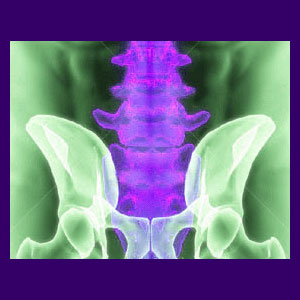
Osteoporosis treatment is unfortunately only provided once the condition has already reached the troublesome symptomatic stage. Obviously, preventative measures are preferred, but they must begin long before the low bone density condition starts. For diagnosed osteoporosis issues, there are several treatment methods, including a variety of new options, used to treat porous bones. Although eating healthy and exercising throughout life will stop bone porosity issues from ever occurring, it is never too late to treat your osteoporosis.
This essay examines the most effective therapies for low bone density and fully developed osteoporosis conditions later in life, once prevention is no longer an option.
Osteoporosis Treatment Editorial
It is our most sincere wish that anyone reading this in order to acquire more information about treating bone density problems will pass their knowledge on to the next generation. The reason why osteoporosis is such a widespread and epidemic health concern is simply because far too many people do not think about it while they have time to prevent it. They go on through life neglecting their health, eating poorly and not exercising as recommended. When they get old, they suffer the consequences of their actions.
Please help young people to take action towards a positive lifestyle now, while they can still prevent osteoporosis from ever causing them any pain in their advanced years.
Osteoporosis Treatment Methods
The following are all effective and commonly employed care methods for diagnosed low bone density concerns:
Hormone therapy replaces depleted bodily chemicals that prevent the loss of bone density.
Bisphosphonates are drugs that work a lot like hormone therapy. They inhibit bone density loss and can even rebuild lost bone mass. These drugs usually have moderate to severe side effects, that may include digestive tract sensitivity and nausea.
There are other drugs in limited usage for specific types of osteoporosis. These include Calcitonin, Teraparatide and Tamoxifen.
Physical therapy is used to prevent further bone loss and even rebuild new bone tissue. Physical therapy also strengthens the muscles and ligaments, which can help to support weakened bones. PT is a great form of supervised athletic activity for the elderly.
Osteoporosis Treatment for Vertebral Fractures
Vertebral fractures are relatively common to experience with osteoporosis. Many fractured vertebrae do not even cause pain. Sometimes, the fracture is minor and requires little or no treatment. Other times, the fracture will cause pain and the patient might need symptomatic treatment. This will usually be in the form of pain management drugs. A better alternative might be acupuncture or other nonpharmaceutical modality.
If the fracture is severe, or compromises the integrity of the spine, back surgery might be necessary. The most common surgical procedure to correct a fractured spinal bone is vertebroplasty. If the fracture has caused a serious compression of the spine, or has occurred over more than one spinal level, kyphoplasty might be used instead. These are controversial procedures due to many reasons and should be discussed thoroughly with your doctor before making the decision to proceed.
Osteoporosis Treatment Suggestions
Virtually all medical treatments for porous bones have side effects. The best treatment is prevention. Maintain a healthy diet and lifestyle when you are young in order to prevent porous bones when you are older.
If you require treatment now, make sure to know all about your options, including any risks that might be present using pharmaceutical interventions. Talk to your doctor about what to expect form therapy, including any side effects you may have to endure from your treatments.





